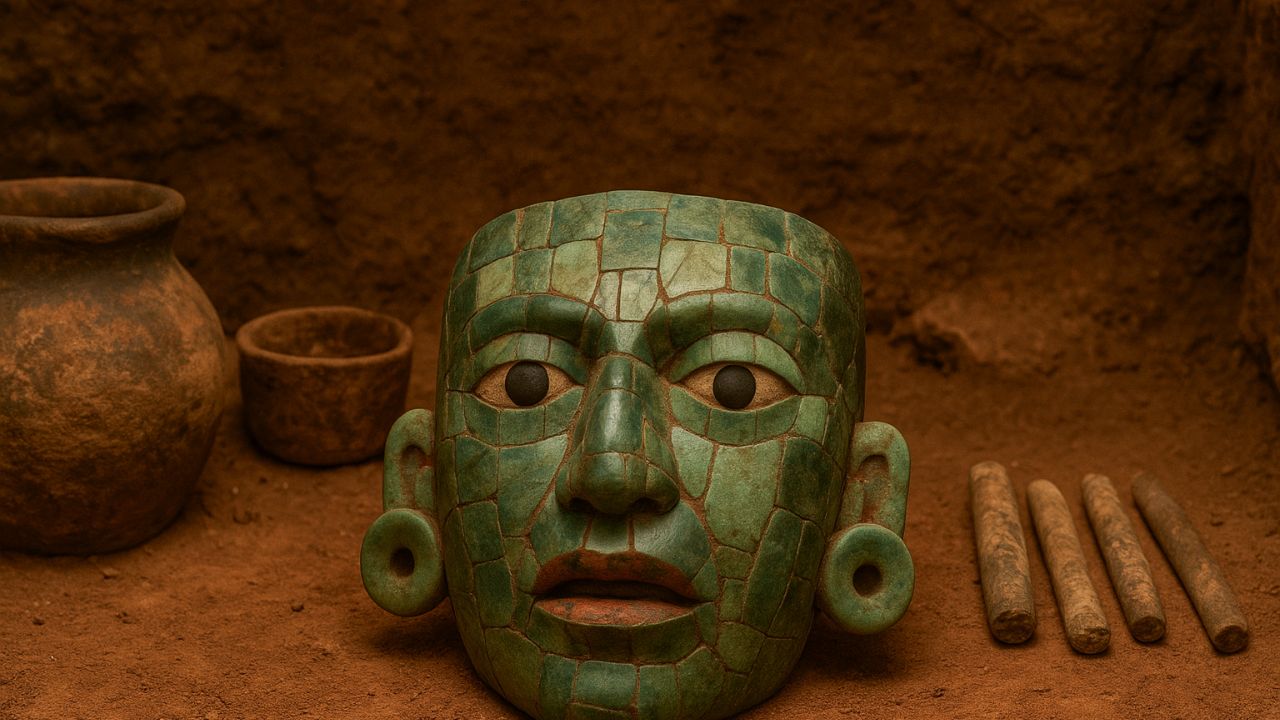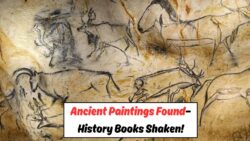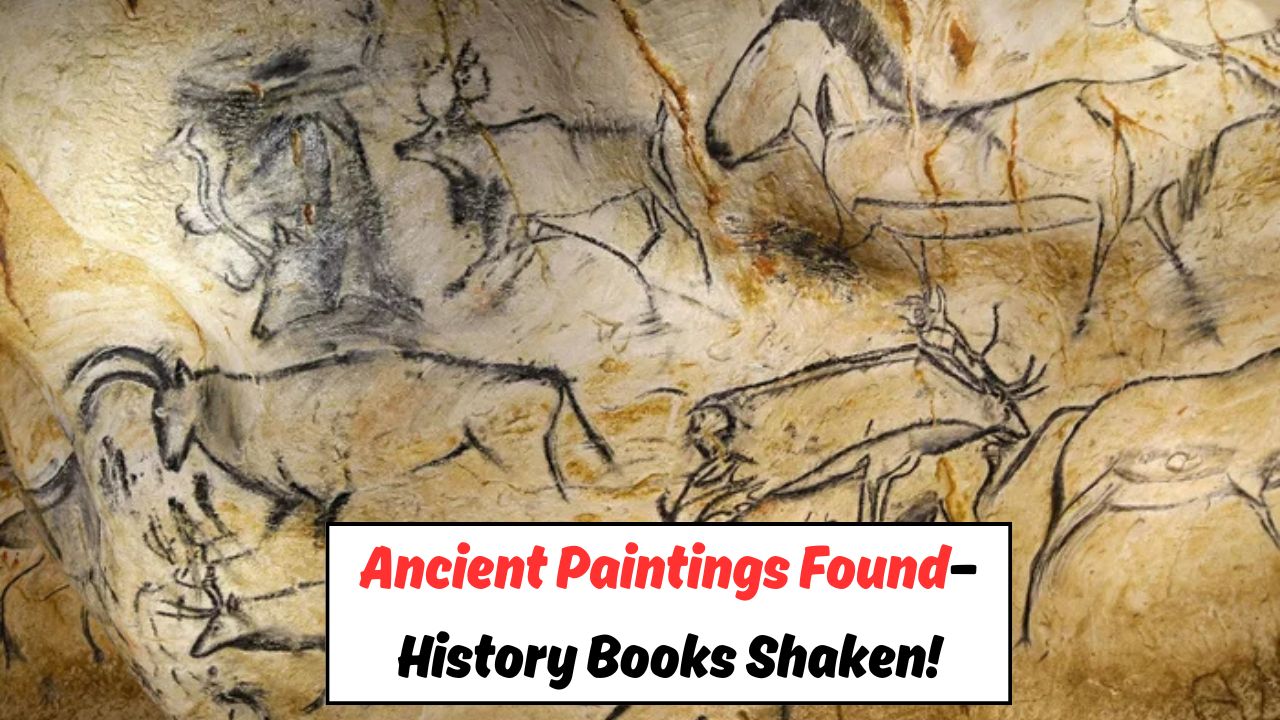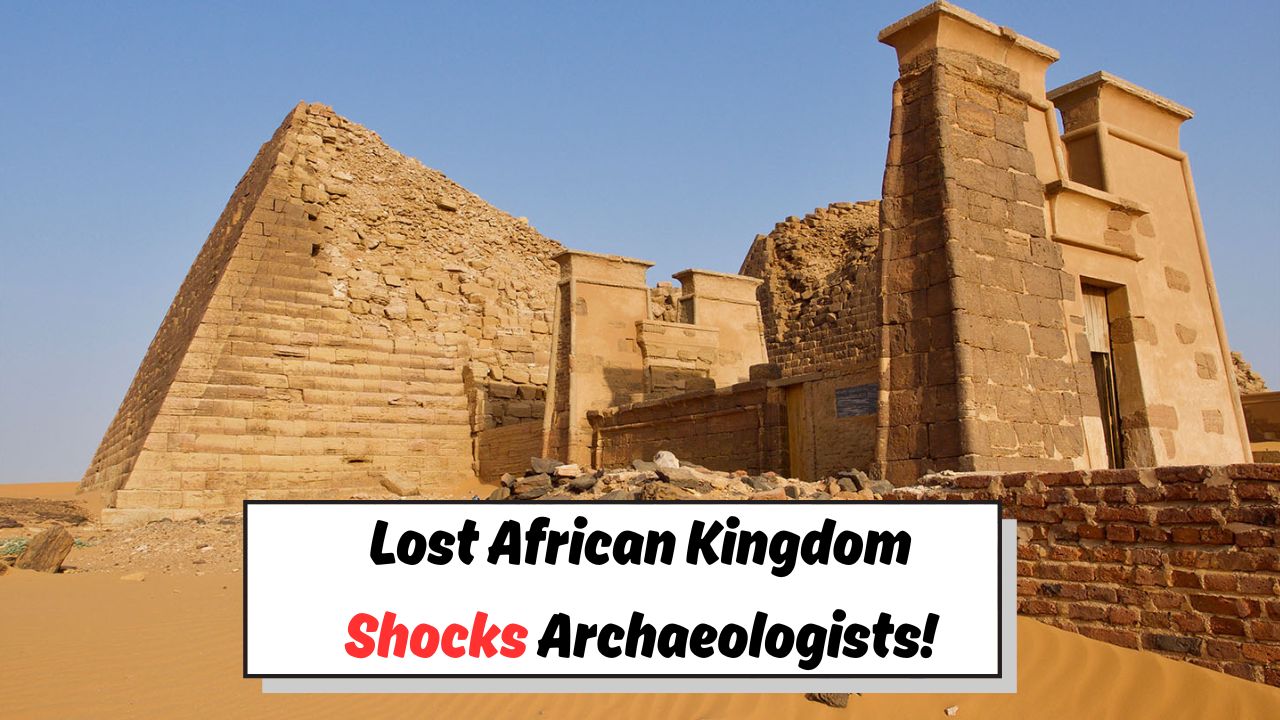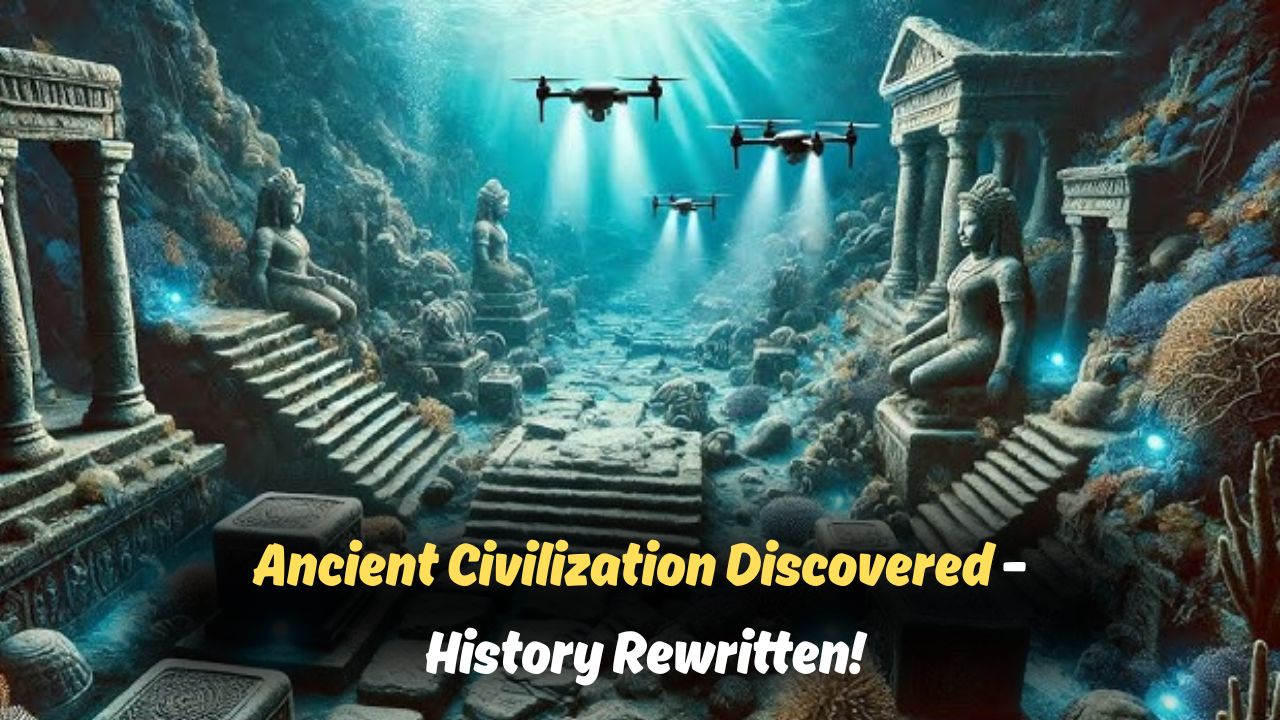In a historic breakthrough, a husband-and-wife archaeology team from the University of Houston—Drs. Arlen and Diane Chase—have unearthed what is believed to be the tomb of the first known ruler of the ancient Maya city of Caracol, Belize. The tomb, dated to around 350 AD, is being hailed as the most significant discovery in the city’s 40-year excavation history.
The Discovery
The tomb was located beneath a previously excavated chamber in the Northeast Acropolis of Caracol. While the Chases had documented the upper chamber back in 1993, it was only in the summer of 2025 that they decided to dig deeper. What they found shocked them: a royal burial chamber coated in red cinnabar with intact grave goods and skeletal remains, likely belonging to Te’ K’ab Chaak, the dynastic founder of Caracol.
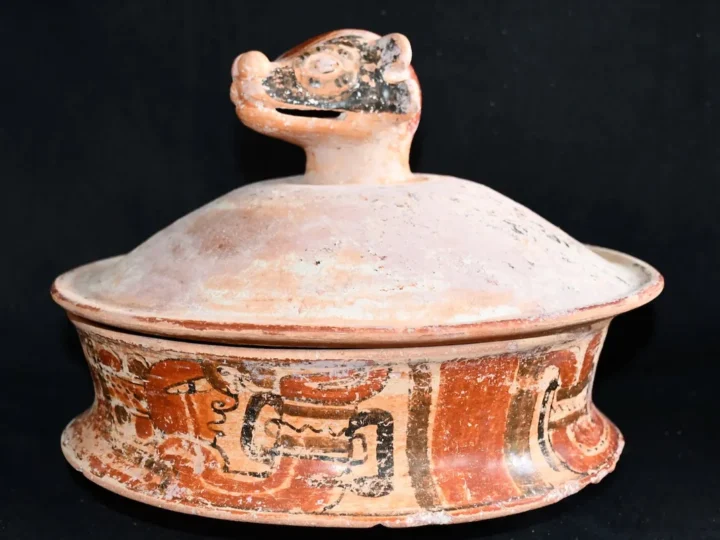
Expert Quotes
“This is one of the most important finds of our entire careers,” said Diane Chase in an interview with CBS News. “We have never before found the tomb of a dynastic founder here. This gives us a direct connection to the origins of Maya royalty in Caracol.”
Her husband and longtime research partner, Dr. Arlen Chase, added, “This guy was a one-percenter in ancient Maya society. The offerings, architecture, and materials all reflect immense power.”
What Was Found Inside?
- 11 ceramic vessels with inscriptions
- Jadeite mosaic mask believed to be a death mask
- Carved bone tubes and obsidian blades
- 3 pairs of jade ear flares and jade beads
- Skeletal remains of a man over 60 years old, toothless, with signs of elite burial
All these artifacts date back to the Early Classic period and suggest that Caracol had long-distance trade links and early sociopolitical complexity much earlier than previously believed.
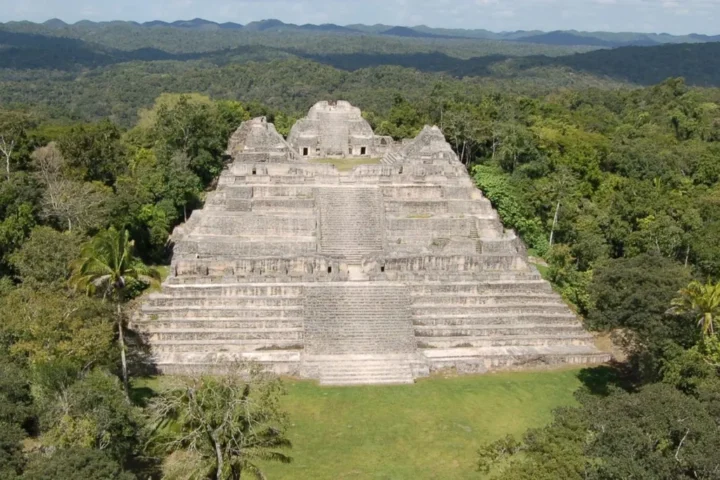
Global Implications
Archaeologists had long speculated about contact between Caracol and distant civilizations like Teotihuacan (in present-day Mexico). Green obsidian and cremation evidence found near the tomb point toward cultural exchanges with central Mexican elites as early as 350 AD—decades before the famous “entrada” of 378 AD that marked Teotihuacan influence over the Maya lowlands.
“This discovery suggests Caracol was not only self-sustaining but also highly connected globally,” said Diane Chase. “The old narrative of isolated Maya cities needs revision.”
About the Archaeologist Couple
Arlen and Diane Chase have been married since the 1970s and have worked at Caracol since 1985. They pioneered the use of LiDAR (light detection and ranging) to map hidden Maya cities in the jungle, revealing vast networks of roads, reservoirs, and architecture previously invisible beneath the forest canopy.
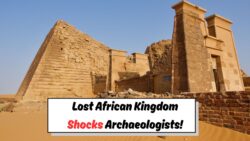 Ancient African Kingdom Unearthed Near Limpopo—Archaeologists Say It Could Change World History
Ancient African Kingdom Unearthed Near Limpopo—Archaeologists Say It Could Change World History
They’ve made dozens of significant discoveries at Caracol over the decades, but they both agree this one tops the list.
“After 40 years of digging together, this is the one we’ll be remembered for,” said Arlen.
What’s Next?
According to the Chases, the next steps include:
- Reconstruction of the mosaic jade mask
- DNA and isotopic testing on the remains
- Detailed analysis of the tomb’s inscriptions
- Publication in major archaeological journals
Their findings will also be presented at the Santa Fe Institute’s Maya–Teotihuacan conference in August 2025.
Official Announcement (Twitter)
Follow the official update posted by University of Houston:
Texas archaeologists Arlen & Diane Chase uncover 1,700-year-old royal tomb at Caracol, Belize — the first of its kind. A milestone in Maya archaeology.
The discovery of Te’ K’ab Chaak’s tomb is more than just another dig—it’s a revelation. It rewrites the early history of Caracol, gives physical form to a mythic founder, and reinforces the idea that ancient Maya civilization was far more interconnected and hierarchical than many believed. With further analysis, the Chases hope this tomb will unlock even more secrets of the Maya world.
